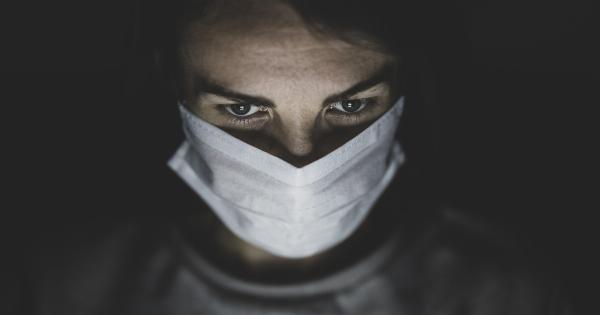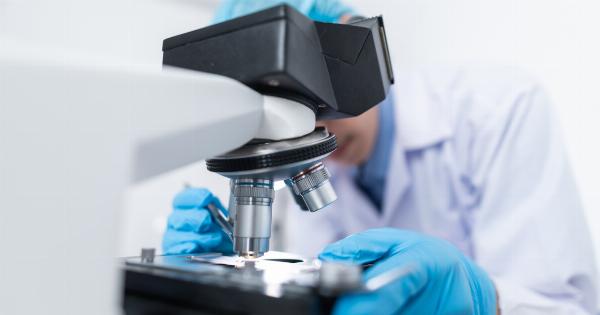Jaundice is a condition characterized by the yellowing of the skin, eyes, and mucous membranes. It is caused by the buildup of bilirubin, a yellow pigment produced during the breakdown of red blood cells.
Jaundice can be a symptom of an underlying health problem, such as liver disease, hepatitis, or gallstones. In this article, we will discuss the telltale signs of jaundice and when it is necessary to seek medical attention.
1. Yellowing of the skin and eyes
One of the most noticeable signs of jaundice is the yellowing of the skin and whites of the eyes. This yellow discoloration is caused by the accumulation of bilirubin in the body.
The severity of the yellowing can vary from person to person and depends on the underlying cause of jaundice.
2. Dark urine
An individual with jaundice may notice that their urine appears darker than usual. It can range from amber to brown in color.
The darkening of urine is due to the increased levels of bilirubin in the bloodstream, which is then filtered out by the kidneys.
3. Pale-colored stools
In contrast to dark urine, individuals with jaundice may experience pale-colored or clay-colored stools. This is because bilirubin is not properly processed by the liver and does not mix with the stool, resulting in lighter coloration.
4. Itchy skin
Jaundice can cause itching or pruritus, which is often accompanied by the yellowing of the skin.
The exact mechanism behind this itching sensation is not fully understood, but it is believed to be related to the increased levels of bilirubin irritating the skin.
5. Fatigue and weakness
Individuals with jaundice may experience fatigue and weakness due to the underlying condition affecting the liver. The liver plays a vital role in energy metabolism, and when it is compromised, it can result in decreased energy levels.
6. Abdominal pain and swelling
In cases where jaundice is caused by gallstones or liver disease, individuals may experience abdominal pain and swelling. This can be a result of inflammation or obstruction of the bile ducts.
7. Nausea and vomiting
Jaundice can also be accompanied by feelings of nausea and vomiting. The underlying liver condition can disrupt the normal functioning of the digestive system, leading to these symptoms.
8. Weight loss
In some cases, jaundice can cause unexplained weight loss. This can occur due to a decreased appetite, malabsorption of nutrients, or increased metabolism caused by the underlying liver condition.
9. Mental confusion or changes in behavior
In severe cases of jaundice, where bilirubin levels are significantly elevated, individuals may experience mental confusion, changes in behavior, or difficulty concentrating.
This is known as hepatic encephalopathy and requires immediate medical attention.
10. When to see a doctor
It is essential to consult a doctor if you experience any of the above symptoms of jaundice. Additionally, you should seek immediate medical attention if you notice:.
– Severe abdominal pain or swelling.
– High fever.
– Yellowing of the skin that spreads rapidly.
– Dark urine and pale stools lasting longer than a few days.
– Difficulty breathing or shortness of breath.
– Persistent vomiting or inability to keep fluids down.
– Unexplained weight loss accompanied by jaundice.
– Changes in mental status, such as confusion or loss of consciousness.
Remember that jaundice is a symptom of an underlying condition, so it is crucial to identify and address the root cause.
A medical professional will be able to diagnose the cause of jaundice through a physical examination, blood tests, imaging tests, or liver function tests.
Conclusion
Jaundice is a condition characterized by the yellowing of the skin, eyes, and mucous membranes. It can be a symptom of underlying liver, gallbladder, or blood disorders.
The telltale signs of jaundice include yellowing of the skin and eyes, dark urine, pale-colored stools, itchy skin, fatigue and weakness, abdominal pain and swelling, nausea and vomiting, weight loss, and mental confusion. If you experience any of these symptoms, it is important to seek medical attention, especially if they are accompanied by severe pain, high fever, or rapid spread of yellowing.
Prompt diagnosis and treatment can help manage and resolve the underlying condition causing jaundice.


























